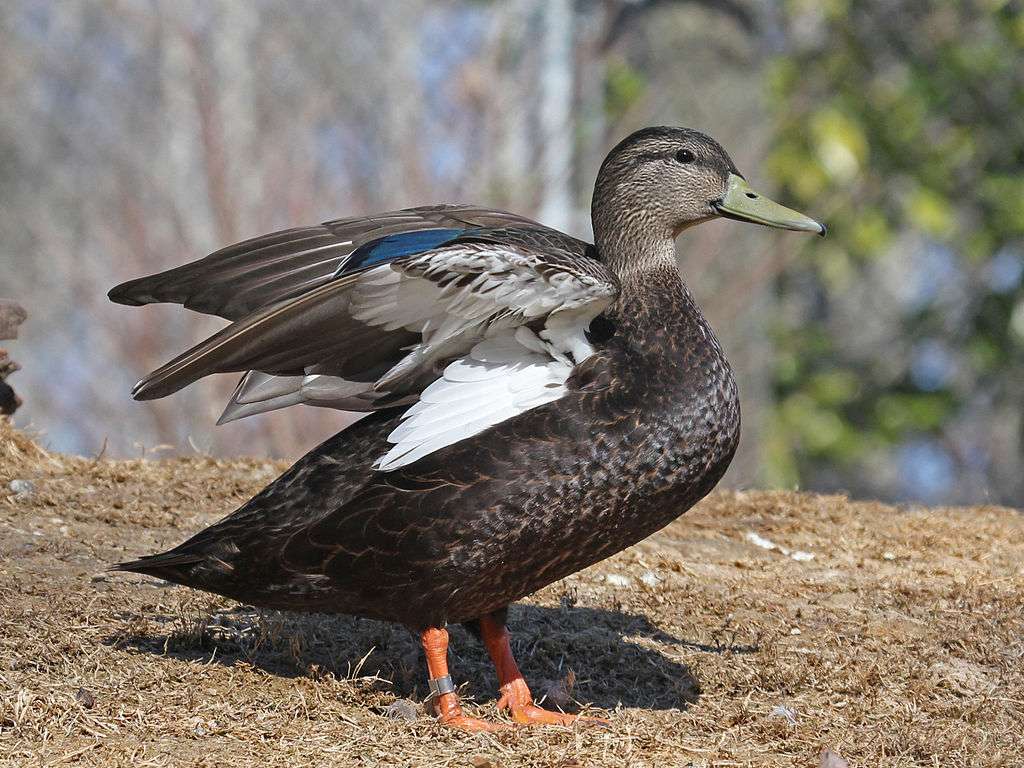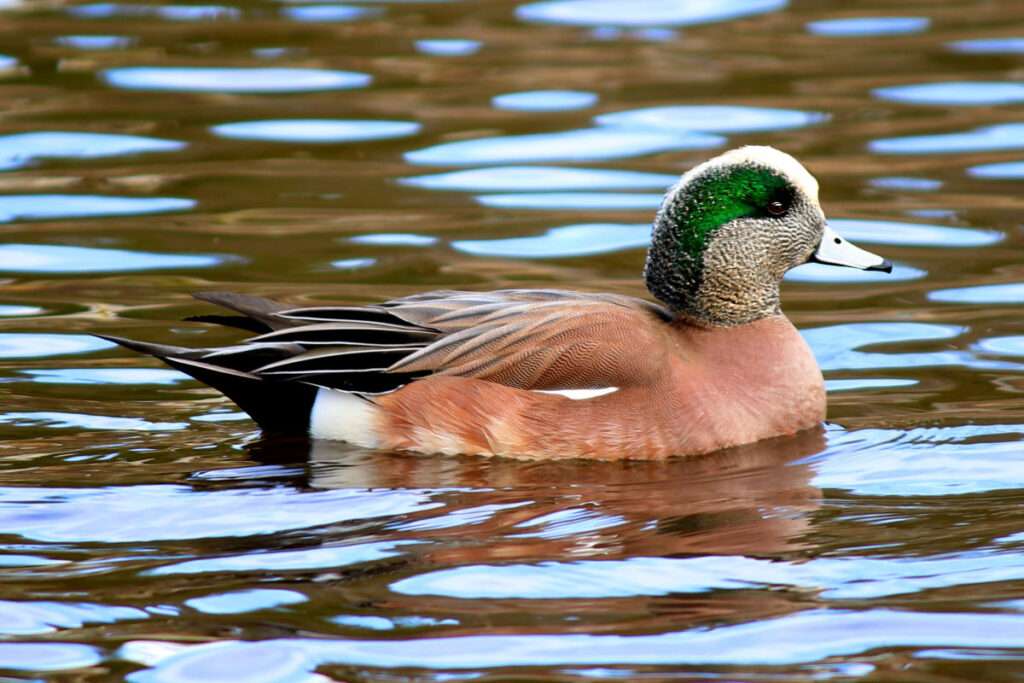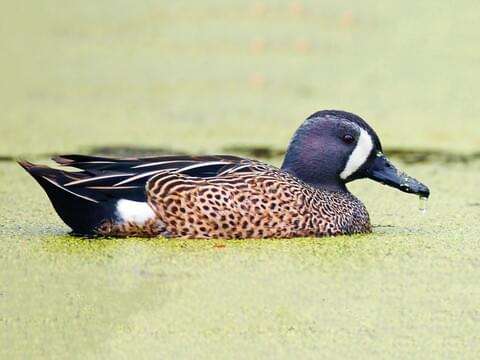
The family Anatidae includes the torrent duck (Merganetta armata). In the genus Merganetta, there is only one species. After the “perching duck” assemblage to which it was previously attributed was dissolved due to the discovery that it was paraphyletic, it is now included in the shelduck subfamily Tadorninae.
Fun Fact
- The stiff tail of the torrent duck is used to cling to slick stones, and its short, sensitive bill is used to probe behind rocks in search of insect larvae.
Description
Torrent ducks are highly adapted to their stormy environment thanks to their aerodynamic, sleek physique, robust legs, strong tail, and long, sturdy claws. Ducks from the torrent are sexually diverse. Males have a black stripe across their eyes and down their backs, along with a white head and neck. Additionally, they have a dark underbody and wings with fighting spurs that are dark and green iridescent. While northern subspecies are white on the ventral side and have a darker dorsal side, southern subspecies have a darker ventral side and lighter dorsal side.
The head and neck of female torrent ducks are gray. Females have predominantly black bodies with gray-lined feathers and cinnamon-colored underbodies. The tail is white with black stripes, and the wings are black with smaller spurs than those on the males. The unique red bill of torrent ducks is long, narrow, soft, and sharp, making it ideal for scouring beneath rocks for bottom-dwelling larvae.

Predators
Sometimes people hunt torrent ducks. Otherwise, little is known about the torrent ducks’ natural predators. Once the tiny hatchlings have fled the nest, it is likely that they will face the most predatory activity. The environment of torrent ducks is difficult for most animals to navigate, and they build their nests in remote locations. It is probable that huge fish are the main predators of young torrent ducks.
Diet
Torrent ducks plunge into swiftly moving rivers to grab their insect prey, including stonefly, mayfly, caddisfly, and other larvae, as well as small fish, mollusks, crabs, and other aquatic invertebrates. Torrent ducks may also wait for prey beneath a strong waterfall. Torrent ducks use a variety of methods for bringing food up from the river’s various depths, including kicking it up with their feet. Additionally, they will scavenge and wade in the river’s shallower parts, hiding out in eddies and beneath rocks.
Habitat
Torrent ducks inhabit regions along some of the Andes’ most potent and swift-moving rivers, which are encircled by stiff and precipitous mountain slopes. Water that rushes off the ice-capped mountains creates waterfalls and rivers, which provide a haven for torrent ducks.
As Pet
With a swiftly moving river as their environment, they thrive.
Table





